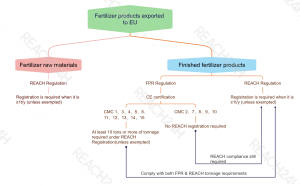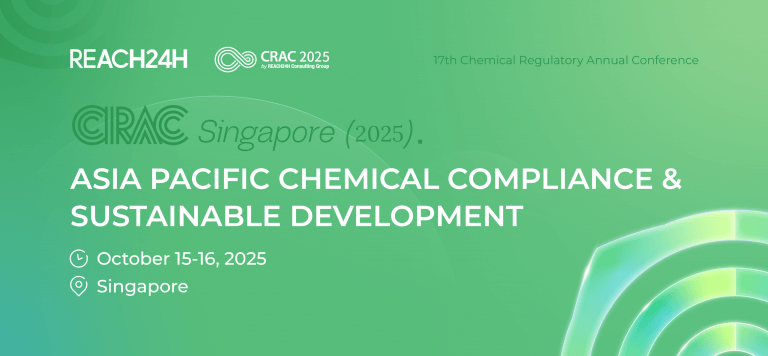For fertilizer manufacturers, the vast EU market presents significant opportunities. The key to successfully entering this market is obtaining the Conformité Européenne (CE) certification mark for your products, which serves as a "passport" for their free circulation within the EU. However, many companies may overlook a critical compliance requirement during the CE certification process—the EU REACH Regulation—leading to delays or even failure in certification. This article will reveal the dual compliance requirements for fertilizer products under both the Fertilizing Products Regulation (FPR) and REACH Regulation when exporting to the EU, helping you smoothly access the European market!
First Step: Understand Your Product Type
First, you need to clarify which category your product falls into: - Fertilizer raw materials: Substances or mixtures used to produce fertilizers. These products are primarily subject to the REACH Regulation. - Finished fertilizer products: Products that can be directly sold to end-users for agricultural use. These must comply with both FPR and REACH Regulations.
Core Challenge: The "Hidden" REACH Requirements in CE Certification
To obtain CE certification for finished fertilizers sold in the EU, they must pass FPR compliance assessments. During this process, your product components will be classified into different Component Material Categories (CMCs). This classification determines whether and how you must address REACH registration. - Certain CMCs (e.g., CMC 1, 3, 4, 5, 6, etc.): The FPR explicitly requires that if your product components fall under these categories, REACH registration must be completed for CE certification (unless exempted under specific conditions). - Other CMCs (e.g., CMC 2, 7, 8, 9, 10, etc.): While the FPR itself does not mandate REACH registration for these categories, if the raw materials exceed an annual export volume of 1 tonne and do not qualify for REACH exemptions, standard REACH registration is still required.
The Biggest "Trap": FPR's REACH Requirements Can Be Stricter Than REACH Itself!
This is the point most easily overlooked by manufacturers. In some cases, FPR imposes much stricter REACH registration requirements than expected:
"Zero Threshold" Registration Requirement: Typically, substances manufactured or imported in quantities of less than 1 tonne do not require REACH registration. However, under FPR, if your product components fall under certain CMC categories (e.g., CMC 1), REACH registration is mandatory—even if the annual export volume is below 1 tonne.
Higher Registration Tonnage Requirements: Even if your export volume is very small (e.g., below 1 ton), to comply with the requirement in the FPR, the substance has to be registered with the same information required under REACH for substances manufactured or imported at 10 tonnes or more per year, along with a Chemical Safety Report (CSR). This means you cannot register at the lowest "1-10 tonnes" band and must invest more resources to meet the higher requirements. If a substance has already been registered under REACH at the 1-10 tonnage band, a tonnage band upgrade is necessary to comply with FPR.
These unexpected "hidden" requirements are the key reasons many companies face unforeseen setbacks and delays in CE certification, disrupting their market entry plans.
How Can We Help You?
Navigating complex EU regulations should not hinder your business growth. Fertilizer products, especially finished ones, face dual challenges under FPR and REACH, with FPR's unique requirements adding further complexity. REACH24H’s expert team has in-depth knowledge of every detail of these regulations and can assist you in: - Accurately determining your product’s compliance obligations. - Identifying and addressing FPR’s stricter, "hidden" REACH registration requirements. - Efficiently completing or updating your REACH registration to ensure compliance with the 10+ tonnes dossier requirements. If you have any questions about REACH registration or FPR certification, contact us at customer@reach24h.com immediately. Let our professional team guide you to ensure your fertilizer products enter the EU market smoothly and compliantly, avoiding unnecessary delays and losses.





